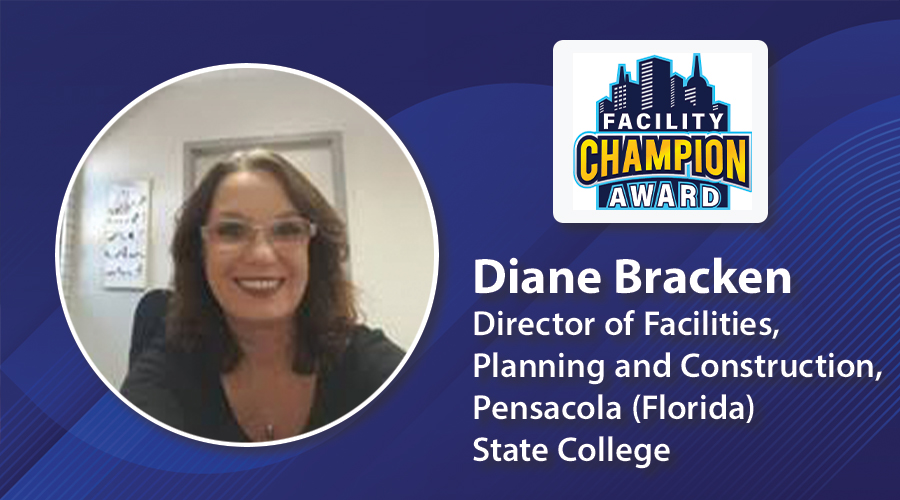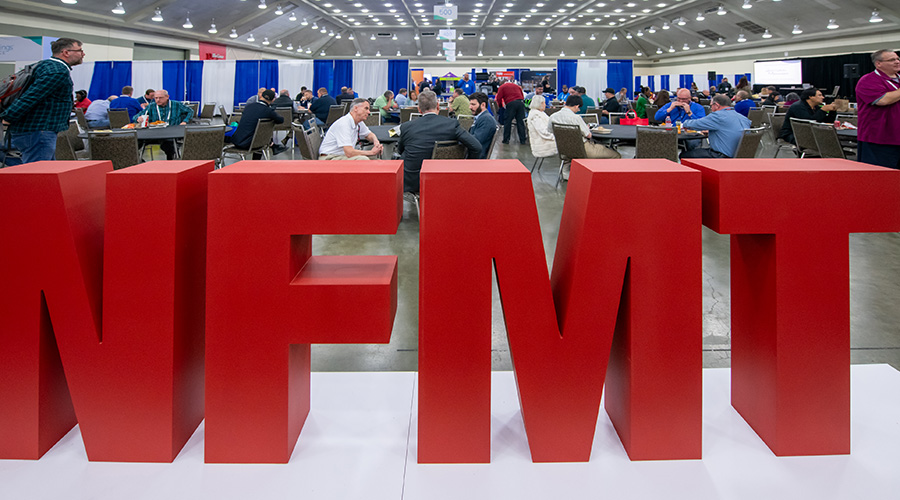
Meeting the Demands of 'Tough Tech' with Scalable, Future-Ready Design
‘Tough tech’ companies bring unpredictable infrastructure needs that vary from one organization to another. October 9, 2025
By Jeff Wardon, Jr., Assistant Editor
The rise of so-called tough tech — a sector spanning advanced robotics, quantum computing, and energy storage — is pushing the limits of traditional real estate. Tough tech companies bring unpredictable infrastructure needs that vary by organization, unlike biotech or life science tenants that often follow standardized laboratory programs.
"Tough tech, advanced tech, green tech: It's a fairly big bucket," says Eric Svahn, principal at SGA, an architectural firm. "It's very vast, and it's very different depending on what the tough tech tenant is doing or wants to do."
While a usual biotech tenant might follow a 60/40 lab-to-office ratio supported by predesigned systems, tough tech firms might need heavy-load floors for battery testing, industrial lifts for moving large parts or high-bay areas for robotics development. Some firms even modify parking podiums to run vehicle-based experiments. Such demands can quickly exceed the standard 16 watts per square foot of power that life science facilities provide, Svahn says.
Developers are taking notice and asking how to get tough-tech ready. But prebuilding for every possible need can lead to overspending.
"It's still probably easier to understand how to design or adapt to that than design and add total flexibility upfront," Svahn says. "That's because you're not going to get the return on investment for providing a vast amount of flexibility that actually doesn't get used."
Instead, Svahn recommends a scalable design approach that allows buildings to be designed for adaptability without overbuilding. That approach can mean reinforcing select areas for potential high-hazard or heavy-load area or designing bays where a floor slab could later be removed to create taller, high-bay spaces. The goal is to design buildings that last decades by anticipating change.
A scalable and phased approach to design also helps developers manage financial risk. Teams can plan power, structure and systems that evolve with tenants because they understand where and how upgrades could occur.
"You do your homework up front, and you know that your building and your site, these are all the things that are allowable, and you understand where in the building they would make the most sense," Svahn says. "That then allows the designers and test fits for tenants that want to use that building to understand fairly quickly how the match is made. It also helps the broker produce the pricing or the deal that they need to make by not getting caught by wanting a tenant and then having the tenant keep asking for more that they didn't really understand upfront."
Futureproofing is different for each sector. Robotics tenants might need open, modular layouts. Quantum computing requires vibration isolation and dedicated power. Energy storage systems need compartmentalized rooms with enhanced fire protection. Each use case influences the way developers think about safety, space and scalability.
Some forward-thinking developers are extending that philosophy to entire campuses. Planning utility capacity and infrastructure for multiple buildings rather than just one helps them attract high-growth tenants looking to expand without relocating.
Overall, Svahn says, tough tech is "an open and ever-growing type of market." Every project presents a new mix of requirements, which means flexibility has to be built into the design process itself.
"Designers just need to be flexible to really be able to go through the programming first in order to then help figure out what a new building or an existing building might provide, and how to solve it in the in the most economical way for both the developer and for the tenant," Svahn says.
Jeff Wardon, Jr., is the assistant editor of the facilities market.
Next
Read next on FacilitiesNet












